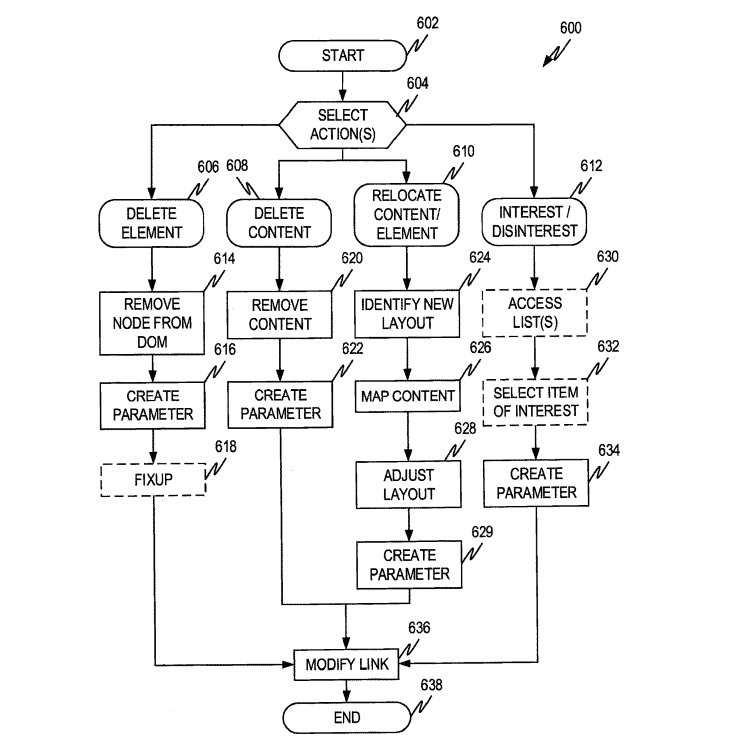by Martin Brinkmann on February 04, 2019 in Internet – 3 comments
Many websites on today’s Internet display content that is of no or little interest to visiting users; the content is downloaded, however, and device power and bandwidth is expended to retrieve the data.
Data, such as advertisement, widgets, or social media data, often comes from different servers which delays the display of what is important to the user.
Because of the numerous data sources and rich content of the various items, much time and bandwidth can be required to retrieve all the data prior to rendering a web page.
This translates into increased power consumption and the additional content slows down web page rendering.
Scrolling may result in additional data retrievals from sources next to that.
A recently filed Microsoft patent describes a browser plug-in designed to conserve bandwidth and power by blocking, moving, or redirecting irrelevant content from websites.

What is considered interesting and what is not should be decided by the user of the browser according to Microsoft. Users could define interesting and uninteresting items to provide the plugin with the required information to load, block, or delay content.
Microsoft notes that the solution differs from ad-blocking extensions in several key areas. Content blockers block scripts based on rules, for the most part. It is the case, usually, that ad-blockers include a default list when they are installed that is used automatically to block content.
While these lists focus on blocking advertisement, usually, some lists may block other content on sites as well.
Microsoft’s solution uses information provided by the user to communicate these to servers which would require that Internet companies implement certain functions on their servers to handle these requests.
The solution is different from reading modes that some browsers support natively or as browser extensions; reading mode modifies web pages so that only the core content, usually an article, is displayed to the user.
Closing Words
Microsoft’s patent application describes a browser plug-in that uses information provided by the user to determine if and how content is loaded. While that sounds good on paper on first glance, it would require quite the concentrated effort to get users and content distributors on board.
Additionally, some of it sounds similar to the “pick your interests” options that advertising companies use to determine which advertisement to deliver to users. Microsoft’s patent application describes a system that has a broader scope as it is not limited to advertisement.
I cannot see this going anyway, to be honest, though.
Now You: What is your take on the patent application?